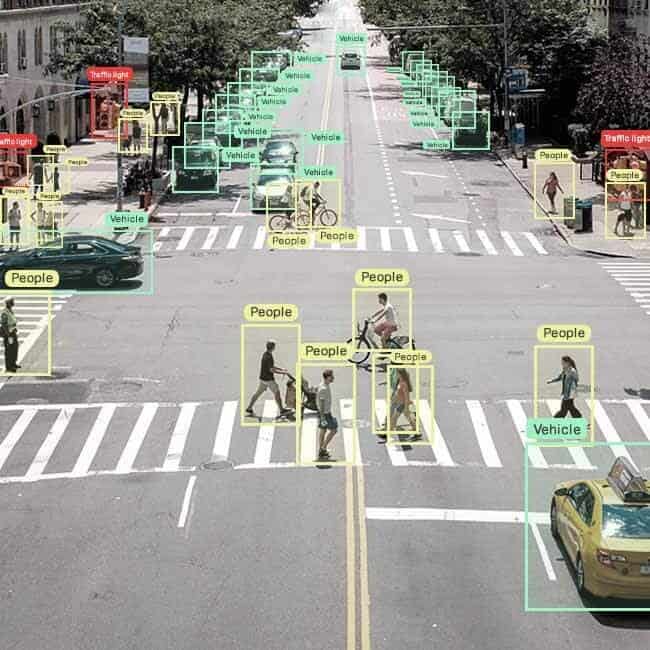All industries, in our data-driven society rely on artificial intelligent (AI) as well as machine learning (ML) to gain useful insights from vast quantities of data. Image annotation is a crucial computer vision technique that plays a important role in making visual data understandable. In this article, we look at the world of image analysis and examine the importance of tools, software, and solutions that enable data-driven decision-making.

Image annotation is a method which involves labeling or tagging images with metadata. This helps computers understand and interpret information from visual images with precision. By adding annotations like bounding boxes keys, polygons, keypoints or semantic segmentation image annotation enables ML models to identify patterns, objects, and other attributes in images. This bridges the gap between raw images and actionable data, opening the way to many applications such as autonomous vehicles, medical imagery, ecommerce and surveillance.
To simplify the annotation process, an extensive assortment of annotation tools have been designed. These tools have intuitive interfaces to allow annotators identify objects or areas of interest on images without difficulty. They provide a variety of annotation options, as well as customizable features to suit diverse requirements for data. Image annotation tools are various tools, beginning with drawing tools that are basic to automatic suggestions and advanced recognition of shapes. They improve the accuracy and efficiency of the annotation process and permit annotators to perform their effectively and efficiently.
Image annotation tools takes the annotation process to the next level by incorporating automation and collaboration features. These solutions make use of ML algorithms to automate the annotation process, reducing manual labor and increasing annotation speed. Annotation software is able to accelerate the process of labeling with techniques like active learning as well as transfer learning.
Annotation software is also able to facilitate collaboration between multiple annotations. This allows teams to collaborate seamlessly. It allows real-time synchronization of annotations, annotation versioning and commenting functionalities, ensuring smooth communication as well as fostering a cooperative environment. This collaborative approach does not just improve the quality of annotations, it also encourages knowledge-sharing and makes sure that annotations are consistent.
When choosing an image annotation software, there are a few things to take into consideration. The solution should be able to satisfy the needs of your project. This includes the kind of annotations that are required (e.g. bounding boxes keys, polygons, keypoints) along with the complexity and scalability.
The second is that flexibility and adaptability In addition, flexibility and scalability are essential. A robust annotation system should be able to customize workflows for annotation and integrate with the existing software for managing data. It should also be compatible with different formats for data. This flexibility means that the annotation software can seamlessly integrate into existing workflows and pipelines which will increase overall efficiency.
Thirdly, it is crucial to evaluate the accuracy of annotations the software generates. Quality control tools are employed by reliable software for image annotation to ensure consistent and accurate labeling. These mechanisms include inter-annotator agreements checking the validity of annotations, checks on annotation validity and constant feedback between annotators.
The significance of image annotation goes beyond the annotation process itself. Tools, solutions for image annotation and software can assist businesses increase the value of their information by leveraging it in multiple ways. The most important thing is that precise annotations facilitate the development and training of ML models that have higher accuracy and reliability. The ML models are then utilized for various purposes, such as the recognition of objects, image classification, and anomaly detection.
Image annotation is also utilized to aid in making data-driven decisions by providing meaningful and rich insight. In the health industry, medical images annotated with annotations can help diagnose ailments, spot abnormalities or plan treatments. In ecommerce, image annotations help support product recommendation as well as image search and visual marketing strategies.
Image annotation combined with data science has transformed the way we work. It’s an effective instrument that unlocks an abundance of information. It improves data analysis and uncovers hidden relationships. The real-time information is also produced. Image annotation can assist organizations reduce their time-to-market and get to market faster, while reducing costs. It also gives them a competitive edge. Images are an effective method to convey concepts and are easier to understand than abstract images. Properly annotated pictures also provide data that is more accessible to everyone involved. Image annotation can be powerful tools to convert information into actionable insights and enhance its value all types of applications.